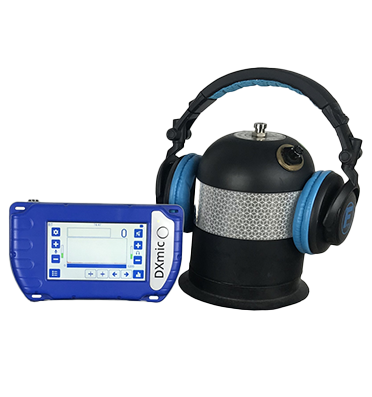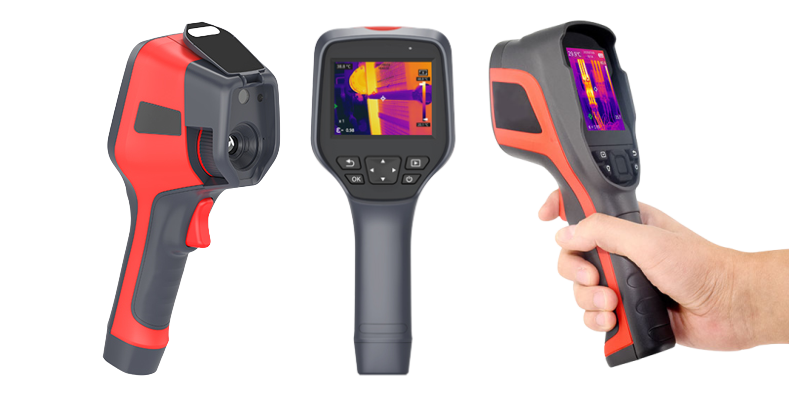Water leak detection system is a solution that uses sensors and monitoring devices to detect the presence of leaks in water pipes, distribution networks or enclosed areas such as buildings.
 |
| Source Water Leak Detection |
Simple Step-by-Step Guide on How to Set Up and Use a Water Leak Detection System
Step 1: Assess Your Requirements
- Identify Leak-Prone Areas: Determine the high-risk zones (e.g., underground pipes, aging sections, high-pressure lines).
- Determine Monitoring Scope: Decide if you need city-wide network monitoring, building-level detection, or localized solutions.
- Choose Your Technology: Based on the nature and location of your pipeline, select between acoustic, correlating, cable-based, or flow monitoring methods.
Step 2: Install Sensors or Leak Detection Equipment
- Follow Manufacturer’s Guidelines: Ensure correct placement and secure mounting of sensors or cable.
- Position Correlators (if using correlation-based devices): Place them at strategic points along the pipeline.
- Establish Power & Communication: Some systems may require power lines or battery packs; others might use wireless communication to transmit data.
Step 3: Calibrate and Configure the System
- Initial Calibration: Configure sensitivity levels for acoustic or pressure sensors.
- Set Alarm Thresholds: Define acceptable operating parameters; set alarm points for abnormal pressure drops, flow surges, or acoustic anomalies.
- Integrate with Monitoring Software: If needed, connect the system to a data logger, SCADA, or cloud-based platform for real-time monitoring.
Step 4: Perform Test Runs
- Simulate Leaks: In non-critical segments, open a small valve or create a controlled leak to see if sensors detect it accurately.
- Verify Alarm System: Ensure notifications (e.g., SMS, email, control room alarm) are activated correctly.
- Adjust Sensitivity: Fine-tune sensor thresholds if you receive false positives or missed detections.
Step 5: Monitor Regularly and Take Action
- Regular Checkups: Inspect sensors and cables periodically to ensure they are functioning correctly and have no physical damage.
- Data Analysis: Review trend data for signs of slow leaks or gradual pressure changes.
- Immediate Repairs: Once a leak is confirmed, isolate the affected section, carry out repairs, and re-test to confirm the issue is resolved.
Step 6: Ongoing Maintenance & Upgrades
- Software Updates: Keep your system’s firmware or software up to date for better performance and new features.
- Hardware Maintenance: Replace batteries, worn cables, or defective sensors.
- Expand Coverage: As your infrastructure grows, scale the leak detection system accordingly.
Conclusion
A Water Leak Detection System is an essential investment that not only helps save water—a precious resource—but also safeguards infrastructure, reduces financial losses, and protects communities. Whether you are a municipal authority aiming to manage a vast network or a facility manager wanting to protect a single building, modern leak detection systems offer a range of accurate, efficient, and cost-effective solutions.
By understanding the types of systems available—acoustic, correlating, cable-based, and flow monitoring—you can choose the right technology for your specific requirements. Implementing the step-by-step approach outlined above ensures proper setup and continuous, reliable protection against leaks. Over time, you’ll benefit from reduced water losses, lower operational costs, and enhanced sustainability.
Key Takeaways
- Early Detection Saves Time and Money: Addressing a leak before it becomes critical prevents major disruptions and costly repairs.
- Choose the Right System: Match the detection technology—acoustic, correlating, cable-based, or pressure monitoring—to the unique conditions of your water supply or building infrastructure.
- Regular Monitoring and Maintenance: Periodic checks, software updates, and system calibration ensure optimal performance and accuracy.
By investing in a robust Water Leak Detection System and following best practices, you can effectively safeguard your water infrastructure, reduce wastage, and help preserve a vital resource for future generations.


No comments:
Post a Comment